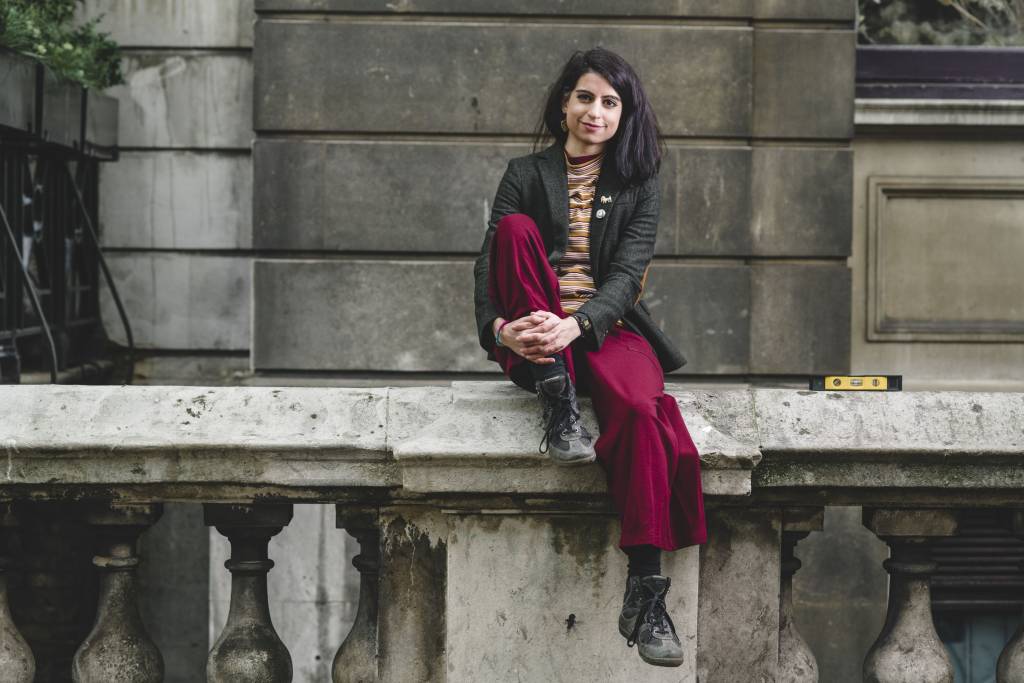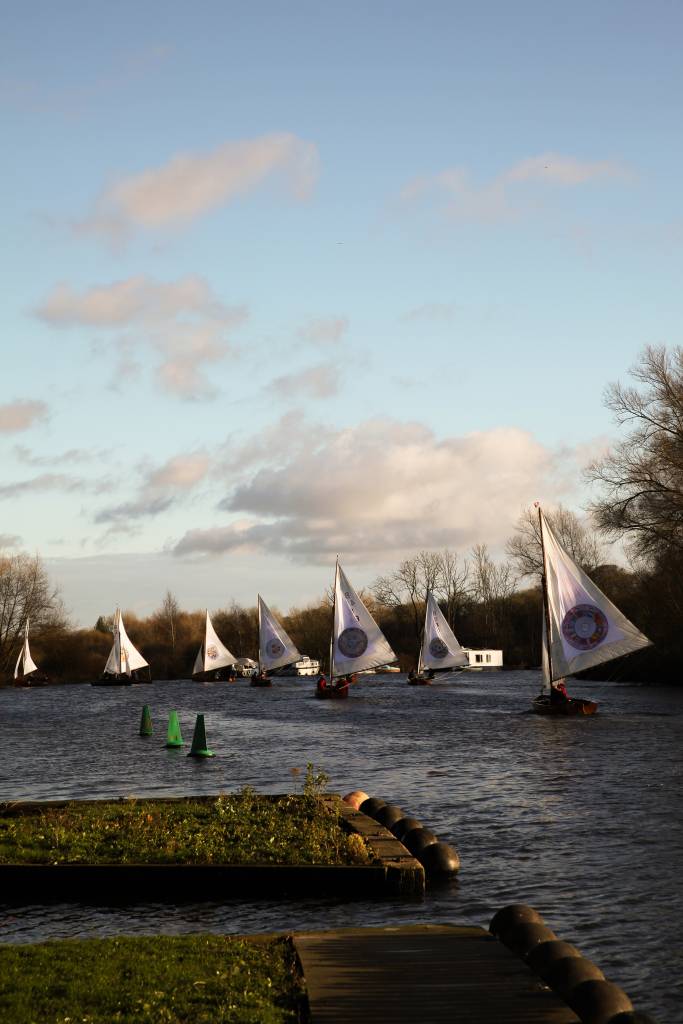COASTLINES
STORIES | Noreen Masud explores our fascination with, and our impact on, our coastlines
Our Programme Stories help you explore routes through the Festival, bringing together shows and events that share common themes. This year, COASTLINES is one of our core three. Encompassing visual arts, film, animation and performance, this strand follows voices from both around the world and down the road, offering an intergenerational exploration of our relationship with coastlines.
With more than 100 miles of coast, East Anglia has an intimate relationship with the sea. Writer Noreen Masud is joining us at this year’s Festival as part of the City of Literature weekend. Her memoir, A Flat Place, a love letter to Britain’s breathtaking flatlands, from Orford Ness to Orkney, was shortlisted for The Jhalak Prize 2024, The Ondaatje Prize 2024, and the Books Are My Bag Readers Award 2024. Here, she explores our fascination with, and impact on, our coastlines.
13 March 2025
At the beach we’re all children. You can dig after lugworms, or hunt for shells; chase or be chased by waves. Rockpools are there to put your hands in. You touch and find and smell. Or you go right into the sea, to feel yourself clasped in its cold dark fist. Good to be cold and dark, sometimes, in this hot bright world. Too hot, too bright.
Even the graver things that the beach tells us, are things that children already know: are kept busy knowing all the time. That we stand on land, somehow, and out there is water, with nowhere to hold us. That when the romping sea pulls back, for a second, we see a vast flat landscape, stretching out like a great question no one’s old enough to answer. That everything is bigger than we are, and churns like a mangle, endlessly. If we close our eyes, it could eat us up in an instant.
Children know these things. They cry over them at night. Adults have learned to forget them, most of the time. But at the beach, we face the facts again. ‘The sea asks ‘How is your life now?’’, writes poet Elizabeth Smither. She pictures it as a psychologist: demanding that you look at the facts you’d rather forget, ‘as you walk beside it on its long couch.’
These are difficult truths to consider, but our lives root in them. So we go to the beach when we have to start again. In Cormac McCarthy’s The Road, everything is dead. All journeys are over. But a man and a boy are still pushing a shopping trolley along a road. There’s nowhere to go but to the sea. The sea pulls them to it.
(Of course, when they get there, there’s nothing. The man starts to die.)
Because if the sea is the start of life – if it’s a metaphor which captures some of the first realities we know, as children – it’s also where lives end. Everything we throw away ends up there. The ocean is meticulous. It returns what we put into the world, tidy as a library book. At the beach, we face what we’ve done: Lego pieces, tampons, plastic bags like jellyfish (jellyfish like plastic bags). Baby seals dead and wound up with fishing net. Oily gannets, hollowed to bone by chicken-farm bird flu. The sea smooths and renews, brushing the sand tenderly flat, but it never forgets. When we go to the beach, it brings out its dead.
If you want to see climate change in Britain, head to the coast. In 2023, near where my mother lives in Scotland, Storm Babet ravaged the West Sands beach in St Andrews, stripping away about a metre of height. As the seas rise and storms get more frequent and violent, they will eat our coastlines away. For the moment, the golf courses in St Andrews – where the wealthy and powerful stroll up and down with pink faces – are safe: they are protected, for now, by dunes and grassland. Probably nothing real will be done to save our world until the sea climbs all the way up to the Old Course, and has the temerity to spoil the afternoon round.
The coastline is fringed, therefore, with the consequences of our actions. Hence the number of apocalyptic novels lingering on the beach. Oryx and Crake, by Margaret Atwood, opens on a shore, with only one remaining Homo sapiens, Snowman, alone in an ended world. The novel is told in flashbacks, as Snowman contemplates what happened; fishes around in the washed-up wreckage of human existence; howls to the unhearing ocean. At the beach, there’s no escaping what you’ve done.
At school, children learn about pollution. The slow poisoning of our rivers and seas: the price we pay to fill someone’s distant, deep pockets. Children carry the burden of society’s choices, deep-rooted as hair. They tell us, again and again: Pollution harms rivers. Leave only footprints. We teach them to speak: to beg for mercy, for themselves and for the environment. Then we say, sadly, that it is too expensive to listen.
We go to the sea to feel hopeful. Staring out at the horizon, we think: surely something so big and enigmatic will survive us. But hope like that is more like wishful thinking.
Real hope exists, but we need to turn around: to track along the estuary, all the way back, to stare up the river. The damage is not inevitable. It comes from somewhere. Not from a kid who drops a bottle in a stream, nor from a tired mother who falls asleep before turning the light off. No: the poison comes secretly, expensively, from hushed conversations in boardrooms with thick soft curtains. For hope, follow the river all the way upstream. Find the source.

‘Real hope exists, but we need to turn around: to track along the estuary, all the way back, to stare up the river ‘
– Noreen Masud

Explore events in COASTLINES
Masthead: Ivan Morison, White Horses (production still), 2024. Courtesy of the artist.